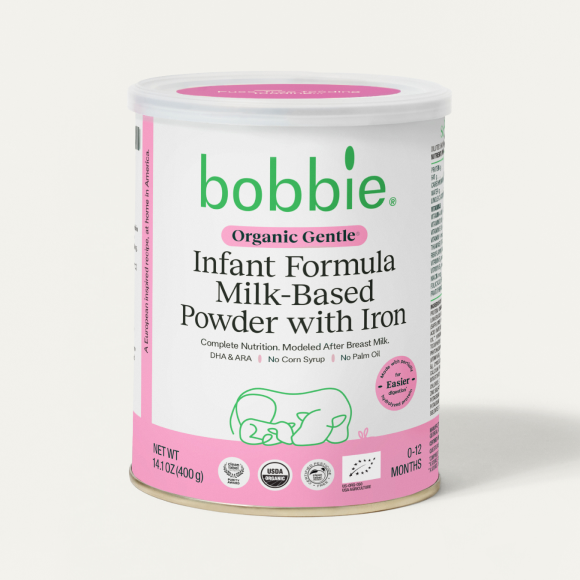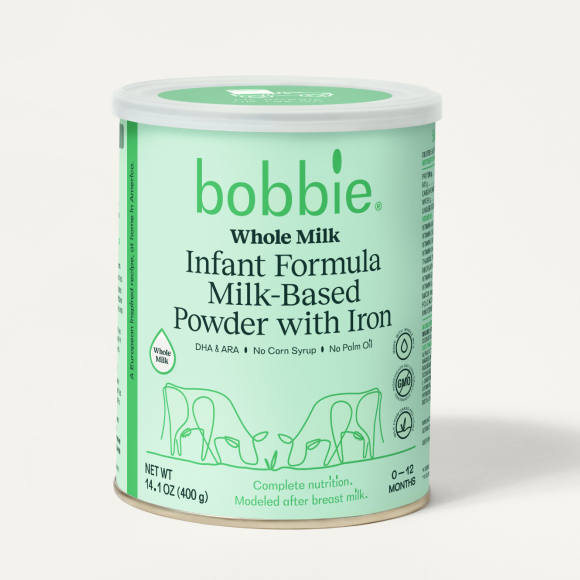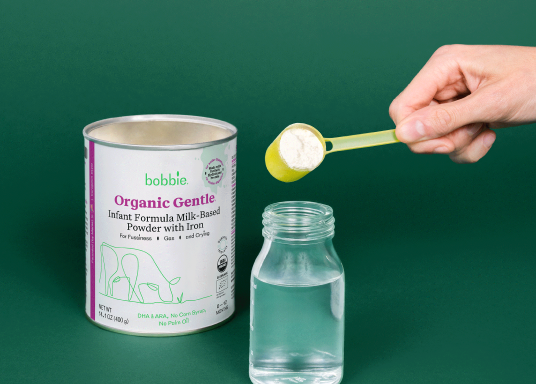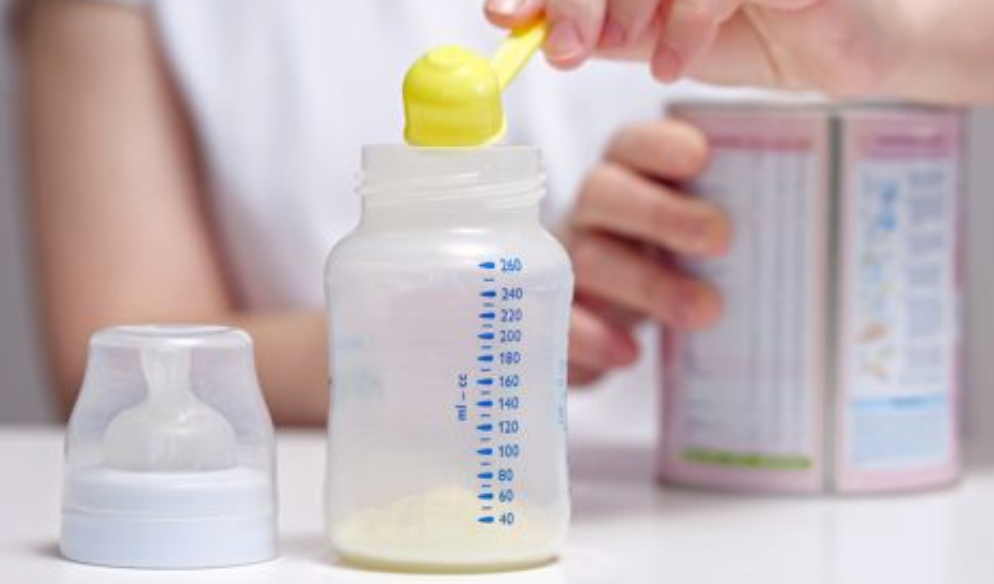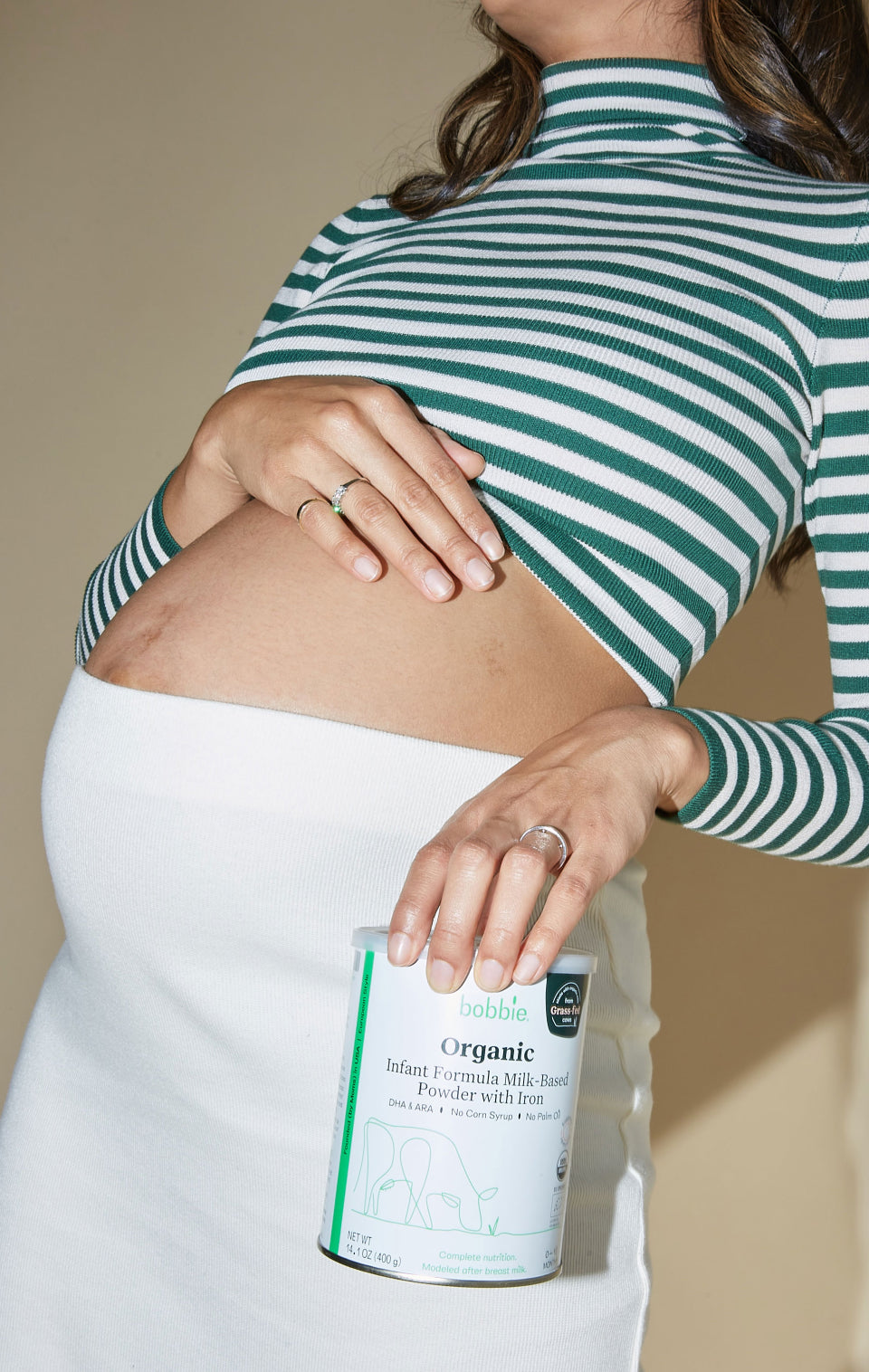Published April 30, 2025

How Many Nursing Bras Do I Need? A Guide for New and Expectant Moms
Nursing a baby brings a lot of changes into your life. Not only will your little one double in size in the blink of an eye — but your own body will evolve, too. Your old intimates drawer won’t be a good fit for your new stage of life. And so, you’ll need a stash of trusty nursing bras.
Nursing bras are the workhorses in your wardrobe that support you — literally and figuratively! — during breastfeeding and pumping. They’re designed to be comfortable and practical from the early days of engorgement to late-night cluster feeds and everything in between.
Here, we’ll walk you through how many nursing bras you’ll really need, what to look for and when to stock up.
How Many Nursing Bras You’ll Need at Every Stage
Let’s start with the big question: “How many nursing bras do I need?” The simple answer? At least three. Keeping a trusty trio of nursing bras in your laundry rotation means you’ll have one to wear, one to wash and one to spare.
But your exact number might shift depending on how often you’re nursing, how frequently you’re doing laundry, how much (if at all) you leak and what stage of motherhood you’re in. Here’s a closer look at what you might need as your feeding journey evolves:
0–3 Months: Postpartum Comfort
As your body recovers, your breast milk supply adapts and you get the latch choreography down, comfort is key. Consider starting with three to five soft, stretchy nursing bras that won’t irritate sore nipples or sensitive breasts.
Beyond bras, don’t miss our guide on The Best Apps for New and Expecting Moms for resources to help you settle into a feeding routine early on.
3–6 Months: Establishing a Routine
By this point, you may have found a groove with feeding. Whether you’re exclusively breastfeeding, pumping or combo feeding, the added structure in your routine means you may feel ready for more structure in your bra collection. Keep at least three nursing bras on hand and consider reaching for styles that offer a little more lift or shaping. You’d be surprised at how a great nursing bra can make you feel a little more like yourself again!
If you’re starting to explore your feeding options or supplementing with formula, don’t miss our guide on types of infant formula and how to choose one.
6–12 Months and Beyond: Actively Breastfeeding and Weaning
At around six months old, many babies start eating solid foods. From then on, some nursing moms will nurse or pump less frequently or start weaning. Other moms breastfeed throughout the day and continue nursing well past their baby’s first steps.
If you’re breastfeeding regularly, your needs likely won’t change much from earlier stages. But if you’re not nursing every day, you may be able to scale back. Three well-fitting nursing bras might be enough to get you through this phase.


Your go-to resource for all things new baby.
Sign up to get the scoop on feeding, sleep, poop, and so much more.
By singing up for email, you are to receive marketing emails from Bobbie and can manage your email preferences or unsubscribe at anytime
Finding the Best Type of Nursing Bra for You
There’s no one-size-fits-all nursing bra. Your body, routine and preferences all play a role in choosing the right fit — and many moms benefit from having a few styles to support different needs. Here’s a quick guide to the most common types and what to look for in a good nursing bra.
Wireless vs. Underwired Bra for Nursing
A wireless nursing bra offers soft, flexible support without pressing into tender breast tissue, making it ideal for the initial months of breastfeeding. Some styles are built with soft padding or adjustable straps, similar to your favorite regular bras. They typically have clasps that you unhook to lower the bra cup down during nursing.
Underwire nursing bras can include all this plus more structure and lift, which may be a perk in later months for moms who have larger busts or who want a defined shape under their clothing.
Sports Nursing Bras
A sports nursing bra gives you the support you need for active movement while still allowing for easy breastfeeding. Whether you're at the gym or on the go, these bras balance function with flexibility.
Sleep Nursing Bras
A sleep bra is soft, stretchy and made for comfort. Its pull-aside design allows for easy nighttime feeds without the clasps.
Nursing Tanks
Whether you want additional coverage or extra warmth in colder seasons, a nursing tank is a cami top with a built-in shelf bra that you can lower with nursing clasps.
Pumping Bras
These are designed to hold breast pump flanges in place for hands-free pumping — a must for multitasking moms! Most pumping bras double as regular nursing bras, too.
Daytime vs. Nighttime Nursing Bras
Daytime nursing bras are more structured and supportive for longer wear, with adjustable straps, molded cups, clips and clasps. Meanwhile, sleep nursing bras prioritize softness and stretch, offering gentle support and holding nursing pads in place to prevent leaks while you sleep. Having both on hand helps you stay comfortable around the clock.
Comfort Considerations
Nursing bras should be comfortable, no matter what. Look for breathable, moisture-wicking fabrics like cotton, bamboo or modal. Consider bras with wide straps and multiple hooks if you have a larger bust. Many nursing bras come with band extensions to accommodate rib cage expansion from pregnancy.
Whatever bra style you choose, just make sure it doesn’t apply pressure to your milk ducts. For instance, if an underwire or pull-aside bra compresses your breast tissue, this could lead to clogged ducts or mastitis. When in doubt, touch base with your health care provider or a lactation consultant about any discomfort.
When To Buy and Replace Your Nursing Bras
While some moms shop for nursing bras to accommodate body changes during pregnancy, others prefer to wait until after birth, once their supply of breast milk has steadied.
As for replacing nursing bras? If your bra feels too tight, too loose or just isn’t giving you the support you need, retire it. The same goes for any well-worn nursing bras that have stretched out, lost their shape or developed damage like fraying seams or broken clips.
Achieving the Right Fit
Your breast size may change surprisingly often during pregnancy and the early postpartum months. Follow the measuring instructions and size charts — or, if you can, get professionally fitted — to make sure your bra offers the right amount of support without digging or gaping.
Care Tips to Make Nursing Bras Last
If you plan to continue nursing for a while, here are some easy ways to extend the life of your trusty bras:
-
Hand-wash nursing bras if possible, or pop them in a lingerie bag and use your washing machine’s gentle cycle.
-
Air-dry bras instead of machine drying them to protect their fabric and elasticity.
-
Rotate your bras regularly to minimize wear and tear.
Nursing Bra FAQs
Here’s a roundup of quick answers to the most common questions we hear from moms who plan to nurse:
What’s the difference between maternity bras and nursing bras?
A maternity bra is designed to support your growing bust throughout pregnancy, while a nursing bra includes features like movable cups for breastfeeding.
Can I use a regular bra instead of a nursing bra?
Technically yes, but you’ll have to shift the whole bra up and out of the way or shimmy out of your shirt sleeves and pull down the bra straps. Nursing bras let you move the cups away without any fuss.
How often should I change my nursing bra?
Since milk leaks and sweat can get in the way of your comfort, reach for a clean and dry bra each day. Aim to wash your bras after every few wears.
Do I need to wear a bra 24/7 while breastfeeding?
Not at all! Not everyone uses sleep bras, and some moms are happier braless. It’s totally your call.
Finding the Perfect Fit, for Nursing Bras and Your Feeding Journey
Throughout motherhood, your needs may evolve. But the best nursing bra is a supportive one — giving you comfort, confidence and convenience no matter where you are in your feeding journey.
At Bobbie, we’re here to support you along the way, whether you’re breastfeeding, pumping, combo feeding or formula feeding. If you’re curious about bringing formula into the mix, our guide to Formula Feeding 101: The Basics of Formula Feeding is a great place to start.
Our organic infant formulas are crafted with care to meet your baby’s needs. Shop Bobbie and explore our line of clean, organic formulas today.
The content on this site is for informational purposes only and not intended to be a substitute for professional medical advice, diagnosis or treatment. Discuss any health or feeding concerns with your infant’s pediatrician. Never disregard professional medical advice or delay it based on the content on this page.









